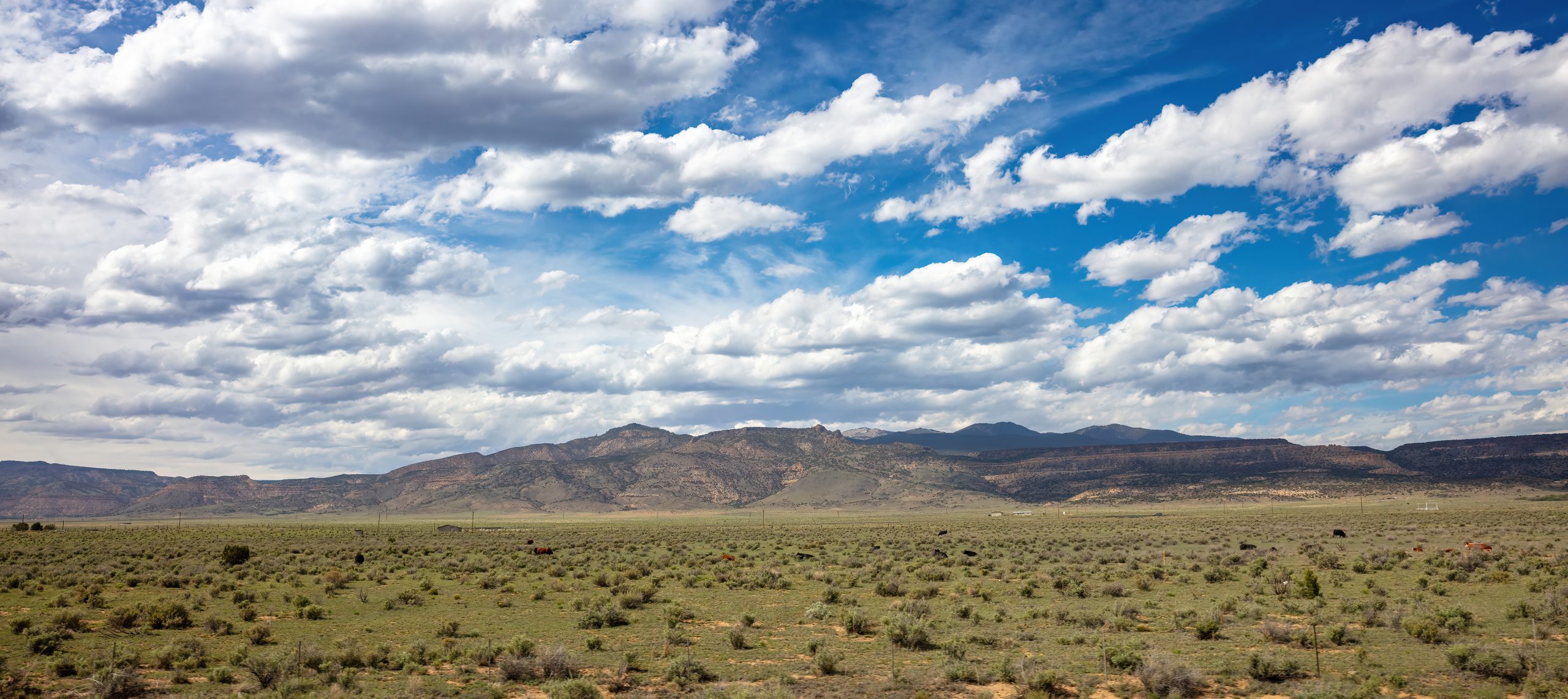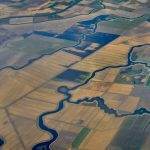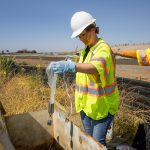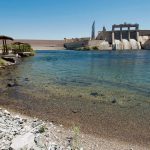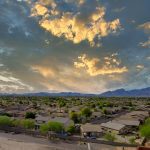- New structure consolidates courts into three water regions.
- Five judges appointed to oversee water disputes statewide.
- Order effective October 1, 2025.
Wednesday, October 10, 2025 — On September 4, 2025, the New Mexico Supreme Court issued an order reorganizing how water cases will be handled across the state. The change takes effect today (October 1, 2025) and replaces the previous system that had designated a water law judge in each of New Mexico’s thirteen judicial districts.
across the state. The change takes effect today (October 1, 2025) and replaces the previous system that had designated a water law judge in each of New Mexico’s thirteen judicial districts.
The Court noted that the old system did not align with the state’s major river and stream systems. By restructuring, the Court said it intends to improve efficiency and ensure water cases are handled consistently.
Three Water Regions Established.
Under the new structure, New Mexico’s water courts are divided into three regions:
-
Water Region 1 (WR1): Includes the First, Second, Eleventh, and Thirteenth Judicial Districts.
-
Water Region 2 (WR2): Includes the Third, Sixth, and Seventh Judicial Districts.
-
Water Region 3 (WR3): Includes the Fourth, Fifth, Eighth, Ninth, Tenth, and Twelfth Judicial Districts.
Cases will now be filed in the local district court where the disputed waters are located, then redirected to the appropriate regional water clerk for management. Each region will have a dedicated clerk overseeing water case administration.
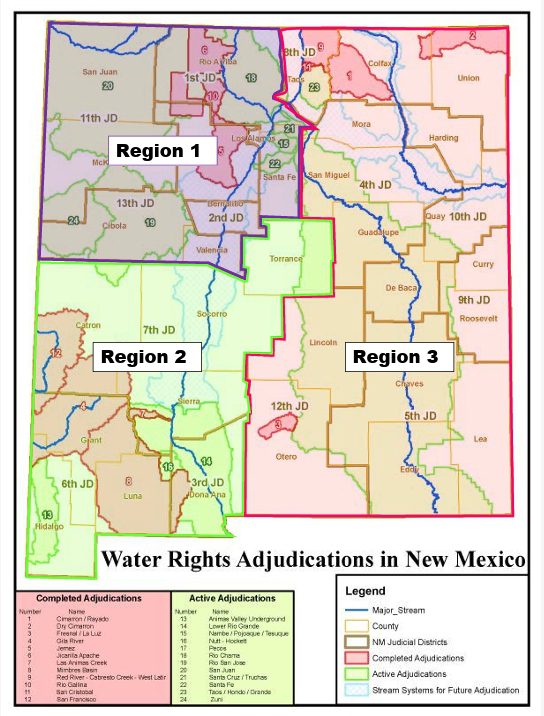
 .
.Judges Appointed to Water Regions.
The Court appointed five judges to preside over water cases:
-
WR1: Judge Bryan P. Biedscheid.
-
WR2: Judges Manuel Arrieta and Jarod K. Hofacket.
-
WR3: Judge Dustin K. Hunter.
-
Alternate: Judge Erin B. O’Connell.
These judges will handle water cases in addition to their regular caseloads. Water cases will carry the same priority as juvenile and children’s court matters.
Scope of Cases and Training Requirements.
Water judges will preside over disputes involving the state’s water code, administrative appeals from the Office of the State Engineer, and cases where water rights may be significantly impaired. The Office of the State Engineer will continue to oversee petitions for new appropriations and changes to existing rights.
To strengthen expertise, the Court ordered that water judges must earn at least seven hours of continuing legal education in water law each year, with specific attention to tribal water law and New Mexico water rights. Judges from the Court of Appeals and the Supreme Court will also serve as liaisons for water-related issues.
that water judges must earn at least seven hours of continuing legal education in water law each year, with specific attention to tribal water law and New Mexico water rights. Judges from the Court of Appeals and the Supreme Court will also serve as liaisons for water-related issues.
Continuity in Ongoing Adjudications.
Existing adjudications will continue under current assignments. Retired Judge James J. Wechsler will remain responsible for several district adjudications, and Judge Hofacket will continue presiding over the Animas Underground Basin adjudication.
Additional reading: NM Supreme Court reorganizes water courts , Source NM.
, Source NM.
FAQ
When does the new system take effect?
The reorganized water court structure becomes effective on October 1, 2025.
How many water regions are there?
There are three water regions, each covering several judicial districts aligned more closely with stream systems.
Who are the new water judges?
Judges Bryan P. Biedscheid (WR1), Manuel Arrieta and Jarod K. Hofacket (WR2), Dustin K. Hunter (WR3), and Erin B. O’Connell (alternate).
Will the Office of the State Engineer lose authority?
No. The Office of the State Engineer retains authority to manage appropriations and changes to existing rights. Courts will handle disputes, appeals, and impairment cases.
Do judges receive special training?
Yes. Each appointed water judge must complete a minimum of seven hours of continuing water law education annually, including tribal water issues.

